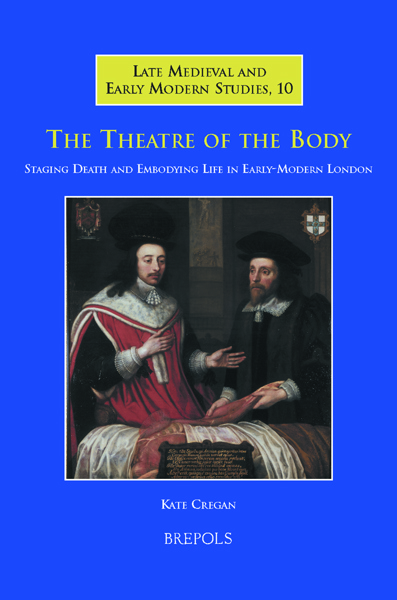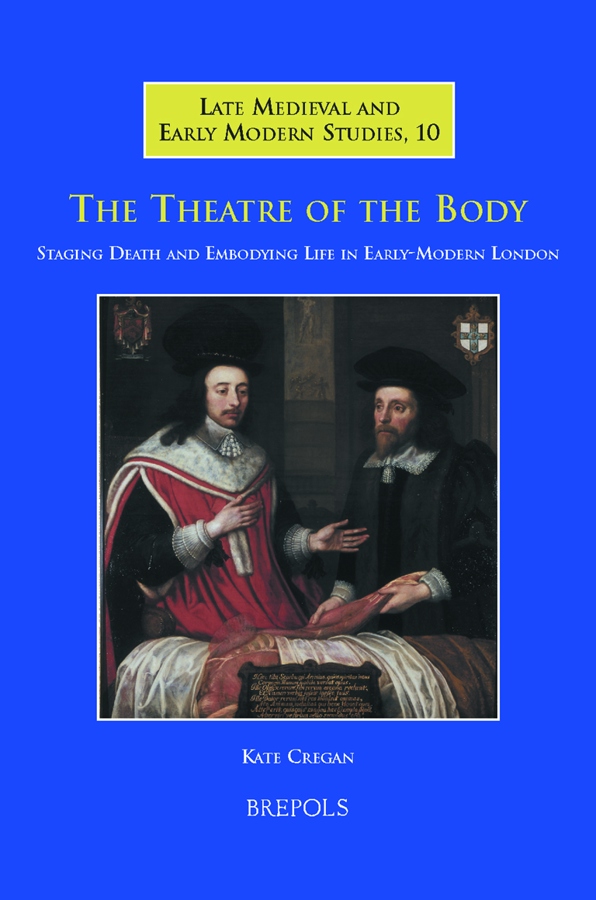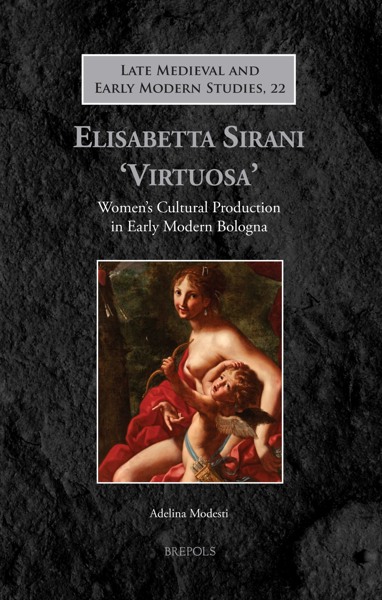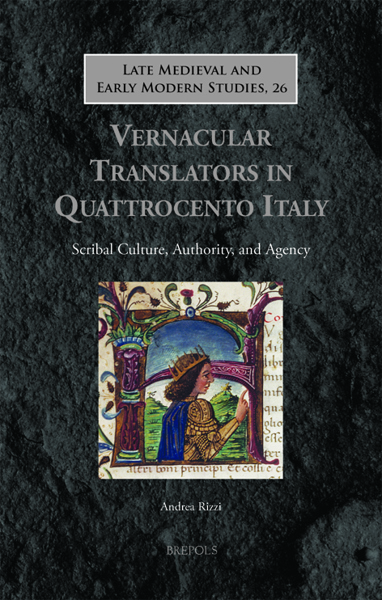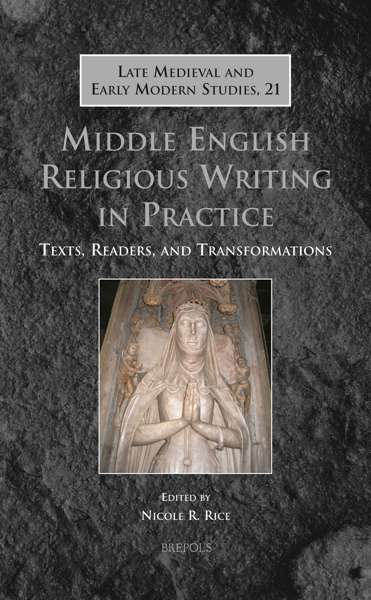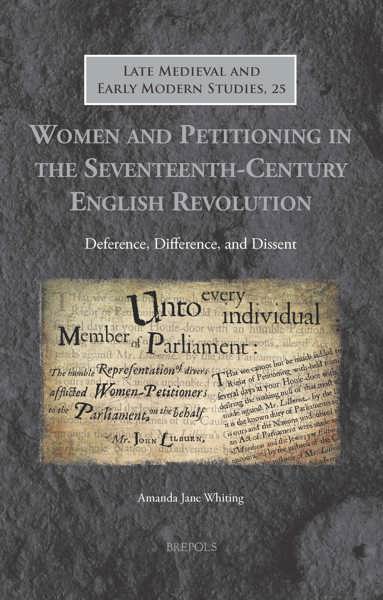
- Pages: 349 p.
- Size:160 x 240 mm
- Illustrations:35 b/w
- Language(s):English
- Publication Year:2009
- € 85,00 EXCL. VAT RETAIL PRICE
- ISBN: 978-2-503-52058-2
- Hardback
- Available
- € 85,00 EXCL. VAT RETAIL PRICE
- ISBN: 978-2-503-57187-4
- E-book
- Available
"Cregan is an acute observer and insightful interpreter of Vesalian and post-Vesalian anatomical illustrations. Her thesis places very great emphasis on these illustrations in anatomy textbooks, rather than on the texts, but the value of the contribution of her book in this respect is truly estimable..."
(Peter Mitchell, in: Journal of the Northern Renaissance; 21 May 2010)
In presenting this analysis, the author argues that the quality of embodiment begins to shift during this period from the mid-sixteenth century and throughout the course of the seventeenth century. In this shift one can observe how the earlier, ‘traditional’ interpretation of embodiment is intensified and resolidified into the beginnings of the medicalized ‘modern’ body.
